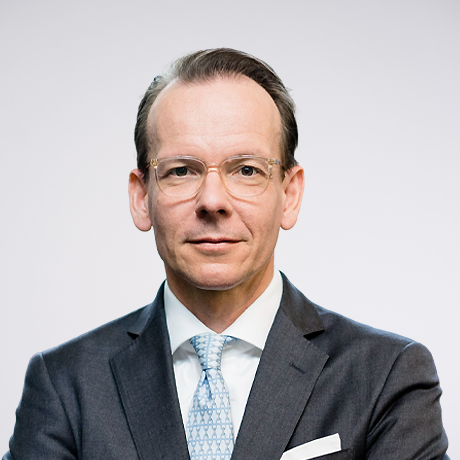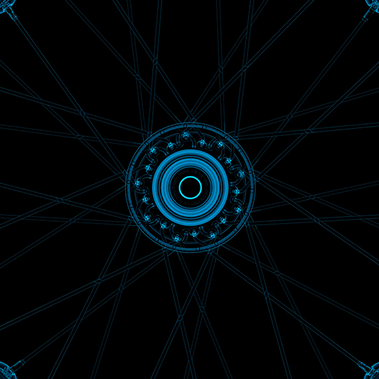Today, the CIO is just one of many stakeholders. The IT function is now so broadly distributed throughout the organization, and digital technology is so ingrained in both development and delivery of products and services, that every company is a de facto software company. The CEO is the main IT stakeholder! In addition, most firms have a Chief Digital Officer and Chief Innovation Officer alongside the CIO.
The technology function still falls under the CIO mandate. But it is a different kind of technology—more democratized and distributed, more flexible and agile, often virtual not static. The CIO was once the builder and implementer of time-tested IT systems from proven vendors; today, the CIO needs to be a champion of innovation and experimentation. Once comfortable with quarterly or annual releases, the CIO must now demand daily releases. Equally vexing to a traditional CIO used to driving the bus, business impact and problem solving are driving the application of technology and algorithms. The IT silo has been cracked open.
Digitization creates/changes executive positions, each with its own agenda and budget:
- Chief Digital Officer
- Chief Innovation Officer
- Chief Science Officer
- Chief Data Officer
Where do these new roles leave the CIO? To stave off marginalization, today’s CIO must morph into tomorrow’s CIO.
Where do these new roles leave the CIO? There is a big risk that the CIO will become marginalized as the “pipe provider”—treated as Chief Technology Officer instead of Chief Information Officer—and perceived as stalling instead of driving progress, the bastion of “old guard” legacy technology. Or, the CEO may opt for a second “fast IT” CIO to focus on digital technology. To stave off marginalization, today’s CIO must morph into tomorrow’s CIO.
Under a new digital governance model, which looks to converge old and new technology infrastructure to allow for agile innovation and product delivery, the CIO needs to operate in multiple dimensions (architecture, portfolio, budget) along multiple time horizons (decoupling in the near term to build the digital stack, transforming over time the legacy system). The end goal is to unite fast and slow, new and old, into “One IT.”
Before 2000, IT planned, built, and ran all IT infrastructure, developing each application separately. After 2000, IT planned, built, and ran all infrastructure, but in a centralized fashion. Today, the new digital IT organization plans, builds and runs separate products in different domains.
While IT is responsible for product architecture, it is the product and business owners who launch and manage the digital product portfolio. No longer does the business spec what it wants and hand off to IT for design and development; the design and development happens concurrently within one integrated team, with little window between the business and technology functions. This blended approach to development is perhaps the biggest IT paradigm shift.
If the CIO resists these tectonic shifts, and attempts to remain master of a siloed IT function, his or her relevance in the organization will be dramatically reduced. Others, such as the Chief Digital Officer or external providers, will take over to rebuild the infrastructure and the organization.






